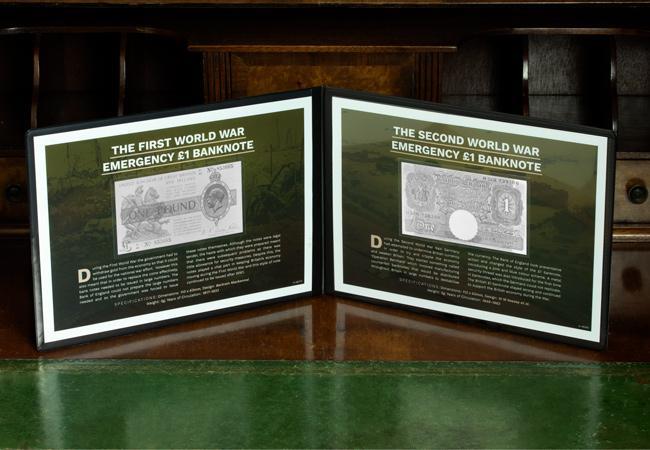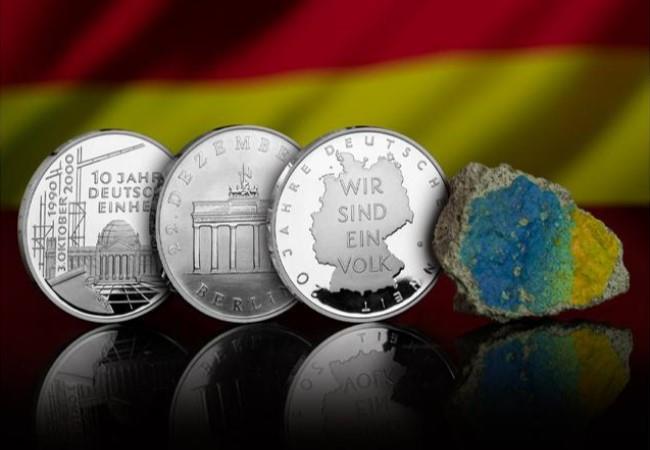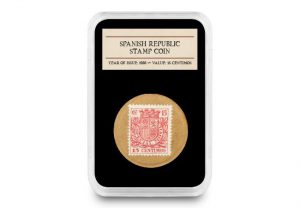Posts Tagged ‘historic coins’
The British banknote set to sell for up to £12,000!
Tomorrow on 28th October a Victorian £5 Banknote is set to sell at auction catalogued at up to £12,000! Now you might be wondering how an old piece of paper could be worth such an extortionate price. Well, even though it is over 150 years old, the banknote is in pristine condition – almost as if it has come straight from the Victorian Cashier who issued it himself!
The £5 Banknote, dated for the 28th December 1863 is a representation of the height of the industrial period and the advances made in Victorian Britain. In fact the design and printing technology was so advanced that the exact design was used up until 1956! You see, British Banknotes have an incredible history that is often overlooked in the collecting world…
The First UK Banknote
In 1694 King William III was at war with France, and as is often the case with warfare, the financial state of the nation was put under pressure. And so the Bank of England was established. One of its main jobs was to issue banknotes in return for deposits of gold or silver. It’s thought that the first banknote ever issued was one for £1000! But seeing as most people’s wages were less than £20 a year in those days, most people never saw a banknote.

Each banknote was handwritten on bank paper addressed to the payee, and signed by a cashier to authenticate it –sort of like a modern day cheque. This is a tradition that continues today as each banknote is issued with the Chief Cashier’s signature.
“I promise to pay the barer on demand the sum of five pounds”
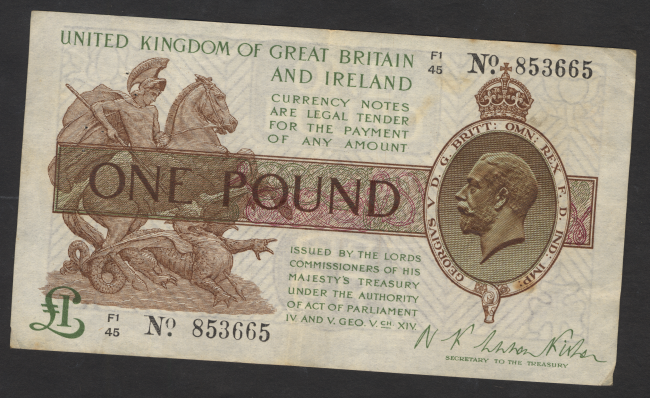
Before 1853 banknotes were completely handwritten, but the innovation of the Victorian period meant that templates for banknotes could be printed. Therefore cashiers no longer had to sign each note individually. The words “I promise to pay the bearer on demand the sum of Five pounds” were introduced to link the notes to a physical gold value. In theory, anyone could go to the bank and ask them to give them £5 worth of gold in exchange for a £5 banknote, although the meaning has changed today, the tradition remains on the banknotes.
Emergency Wartime issues
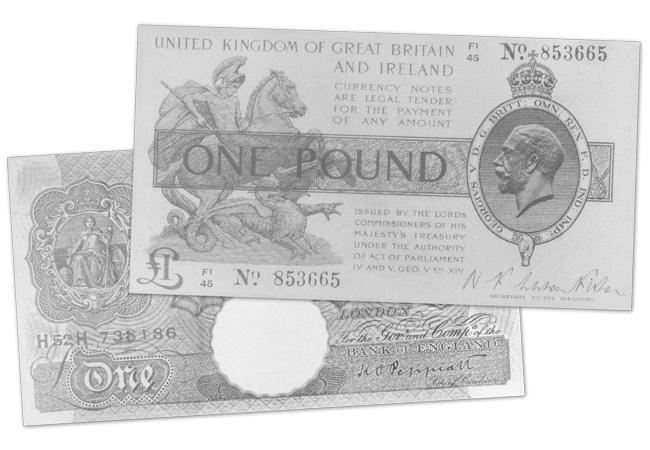
During the First World War, gold was preserved by the government and gold coins in circulation had to be withdrawn. To replace these coins, the Bank of England needed to make a large supply of £1 and 10/- notes available, but the haste at which these were produced meant that there were huge security problems. The notes were too small for cashiers to handle and they had very few anti-counterfeiting measures, but the notes themselves played a vital role in keeping the economy going.
The Second World War Nazi threat

During World War Two, the British government found out about a Nazi plot to introduced thousands of fake banknotes to destabilise British currency. However the Bank of England took emergency action and changed the colour of some of the notes for the duration of the war. The Nazi’s could not match the high levels of security features on the British banknotes and their plans failed.
Polymer banknotes
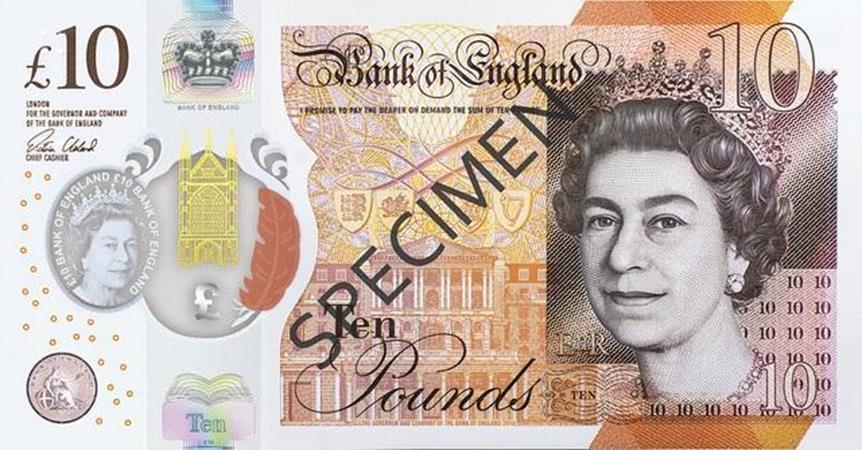
Today historic banknotes are harder and harder to get hold of, especially the ones in good condition, and those that are will often sell for thousands of pounds. Few have seen the earlier banknotes, and a small number of us remember using pre-decimal or war time banknotes in our childhoods. This is largely because the paper design which made them more susceptible to damage, so many have been lost over time. The new polymer banknotes first issued in 2016 marked a monumental change in numismatic history, bringing new technology and innovation to our pockets.
If you’re interested
Today you have the chance to own a limited edition pair of Emergency Wartime Banknote reproductions, each struck from 5g of FINE SILVER.
The Emergency Banknotes each carry a fascinating story, and your Silver versions come complete in a presentation folder telling the full story of how these banknotes helped Britain win the war.
JUST 100 of these special FINE SILVER banknotes pairs are available, so click here to order yours now, before it’s too late >>
How a political blunder led to the Fall of the Berlin Wall
The Berlin Wall is perhaps the most iconic symbol of the Cold War. A tall concrete barricade that divided the citizens of Germany for almost three decades. Numerous people risked their lives to cross the wall, whether digging tunnels underneath, flying over in a hot air balloon, or even driving cars under checkpoint barriers! But in 1989 that all changed when the world watched a press conference that all went a bit wrong…
A press conference that went wrong
For many months throughout 1989, there was mounting pressure on the government to adjust the restrictions around the boarder wall in Berlin. On the evening of November 9th 1989, the East German Party leader held a press conference announcing some loosening of the restrictions. But he hadn’t been briefed properly.
Gunter Schabowski broadcast the relaxing of some of the travel laws, but when asked when the freedom of movement would happen, he simply shrugged his shoulders, glanced at his notes, and said “right away.”
And that was it. A single moment, the most iconic in recent history, caused by an accident.
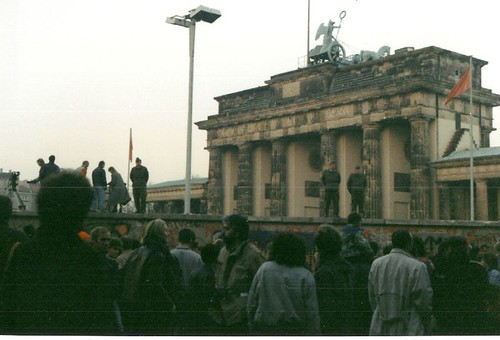
After almost 30 years of physical separation, crowds of people swarmed to the Berlin Wall checkpoints in anticipation of reuniting with loved ones and passing into the West freely.
Because of the confusion, the East German border guards had not been warned and were utterly overwhelmed by the crowds. At first they were told to stamp passports with symbols that effectively revoked East German citizenship, but as the crowds grew larger it became clear that unless lethal force was used, that the wall was no longer impassable. And no one was willing to give that order.
The Night the wall fell
That evening saw celebrations throughout Berlin, with people climbing the wall and taking pickaxes and hammers to break it apart and pull it down. Pieces and fragments of the wall were chipped away, with many pocketing pieces as souvenirs.
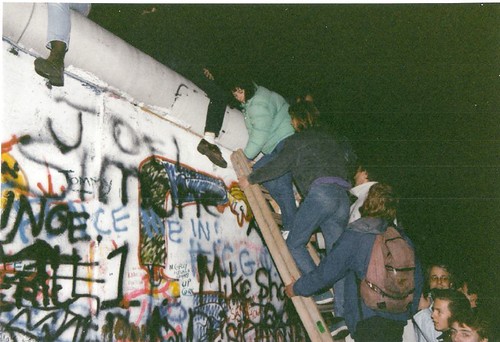
Families and loved ones reunited, as those from East Berlin were greeted with flowers and food. After years with limited contact, media censorship and restrictions, the people of Berlin were free to travel as and where they wanted.
The official reunification
Almost a year later, on 3rd October 1990, the German flag was raised over the Brandenburg Gate in Berlin. It symbolised the moment at which the two German countries were finally reunified as the unification treaty became official.

Every year the German Day of Unity is celebrated throughout the country, with fireworks, meals, concerts speeches, and of course commemoratives. This year marks the 30th anniversary, and despite the coronavirus restrictions around the world, the people of Germany will still be celebrating and remembering the moment the country was untied again.
If you’re interested…
Today you can commemorate the historic moment in which Germany was brought together again by owning THREE commemorative coins alongside an original piece of the Berlin Wall in the Reunification of Germany Collection.
This collection has a tiny edition limit of JUST 200. Considering the anniversary this year, and the popularity of difficult to source one-off historic products like this, the edition limit is expected to sell out completely.
Imagine using a cup, a stamp, or cardboard as a coin…
Today the coins you find in your change are all produced by the Royal Mint. It’s hard to imagine what life would be like if coins, and the metal to make them, disappeared.
When people have had to go to extreme lengths in the face of emergency, it has produced some of the most intriguing and interesting currencies around. And here are six of the most unusual currencies ever issued, and what drove people to create them.
The coins made from a drinking cup
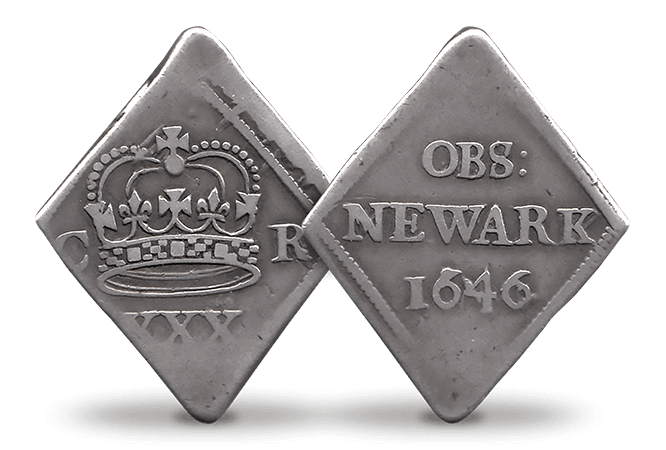
In 1646 in a town under siege, with no incoming money, the people of Newark needed to find a way to pay soldiers for protection. So they reached for whatever metal they had available to make coins – and that meant their cutlery! Silver cups and plates were surrendered, cut up into small diamond shaped pieces, and had a denomination stamped onto them.
Because of the way these coins were made, you could sometimes see the pattern of the cup or plate from which the coins were made. Understandably these coins, which surely belong in a museum, are hugely desirable among collectors and are rarely available.
The notes that were issued to be devalued
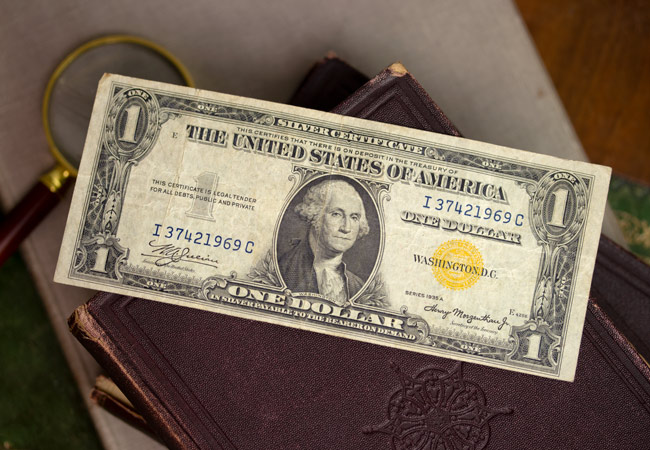
It seems odd that a government would issue money just for it to be devalued. But during WWII when the American army was based in North Africa this is exactly what happened. The American government was concerned that if the Germans were to mount a successful attack, they could take over the currency. Therefore, all notes used to pay soldiers based in North Africa had a yellow seal added to them. This meant that should the Germans take over, the notes could be easily identified by their yellow seal and instantly devalued.
The Russian stamps used as German propaganda
During WW1 the Russian government found it increasingly difficult to issue coins. Instead, they turned to ‘currency stamps’ printed on thin cardboard instead of normal stamp paper. Using stamps instead of coins was a way of saving precious metal for the war effort.
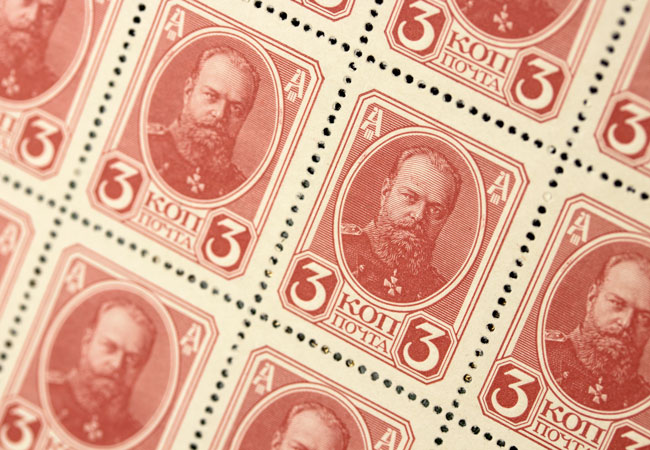
Several denominations of ‘currency’ were issued, with a statement on the reverse stating that each stamp had the circulating equivalent of Silver coins. However some of these stamps soon landed in the hands of Germans who counterfeited them but with one clever detail – the statement on the reverse was changed to an anti-Russian message. The idea was to destroy confidence in the Russian government and devalue the currency.
An unusual English denomination
George III’s reign is known for the vast number of interesting numismatic pieces issued, and the Bank of England emergency tokens are no different. Conflict in George III’s reign had caused financial panic, and thousands of people hoarded silver coins out of fear.
The Royal Mint’s limited ability to issue coins posed a problem as they could not make enough coins for the demand, so eyes turned to the Bank of England. An agreement was made that allowed the Bank to issue emergency currency. However technically speaking these were tokens and not coins, which is why they appear in the unusual denominations such as 1s 6d or 1 Dollar.
Why money was burnt in revolutionary France
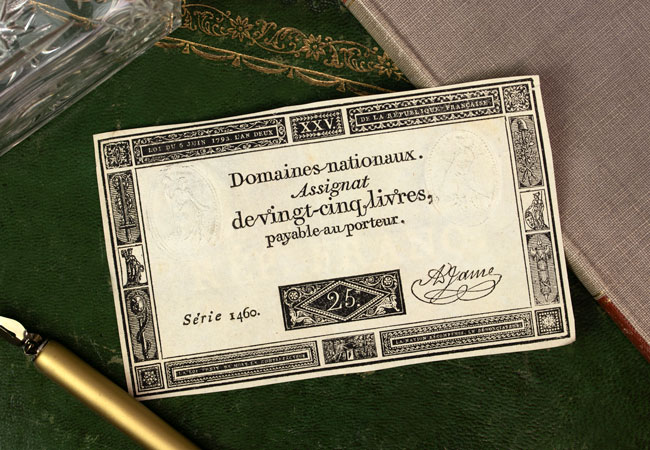
In revolutionary France in the early 1790s, the government issued paper money, known as Assignats, backed by the value of clergy property. The government continued to print money, and faced with an influx of counterfeits from Britain, the value of these Assignats soon reached a massive 45 Billion Livres, despite the value of clergy property only being 3 Billion Livres.
In 1796, the notes had lost all of their value and were publicly burned, to be replaced with a new paper money. Any of these surviving notes are incredibly rare as most of them were destroyed, making them very desirable among collectors.
How a Civil War turned a stamp into currency
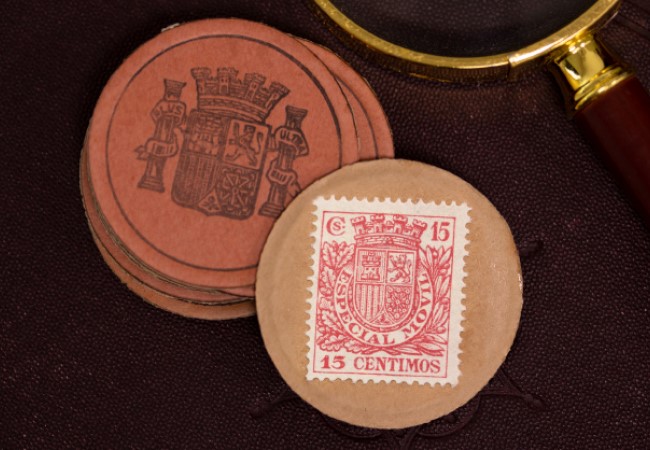
It’s hard to imagine a small paper stamp, issued over 80 years ago, being used to pay for goods and services. But in Spain in 1938 that’s exactly what happened.
The Civil War caused the public to hoard coins out of fear, and so they all but disappeared from circulation. Because metal was in limited supply, the government turned readily available stamps into ‘coins’. Unlike Russian emergency stamp currency, these stamps were welded onto a special board with the coat of arms printed onto the reverse. The stamp value gave these new ‘coins’ a denomination, and they were released into circulation to help towns and cities trade.
With such a delicate nature and small number, it’s no wonder that these coins are scarce and difficult to track down today.
Nowadays the Royal Mint is well suited to meeting our coin demands so it’s unlikely we’ll ever need to use stamps or cutlery in place of coins! Emergency currency is always a fascinating area for collectors, with some of the rarest and most unique issues having appeared out of difficult and troubled times. It’s not often that these emergency issues appear on the market – but it’s certainly worth keeping an eye out for them!
If you’re interested…
Today you can own one of these unusual and fascinating numismatic issues – a Spanish 15 Centimos ‘Coin’. There are only an extremely limited number of these issues available worldwide, and considering the fascinating story behind these issues, our stock is likely to be snapped up fast.

